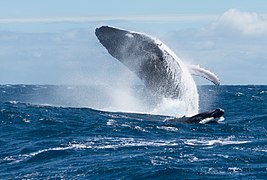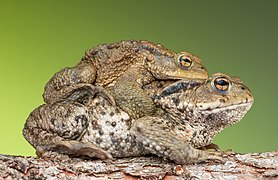Ana Səhifə
|
Hamının redaktə edə biləcəyi azad növ kataloqu olan VikinövlərəXoş gəlmisiniz! Burada heyvanlar, bitkilər, göbələklər, bakteriyalar, arxeyalar, ibtidailər və digər canlılar haqqında məqalələr yer almışdır. Hazırda layihədə 892.810 məqalə mövcuddur. Vikinövlər açıq məzmunludur, çünki həyat ictimai mülkiyyətdir! |
Takson üzrə naviqasiya
|
Explore Wikispecies
Collaboration with ZooKeys A collaboration between Wikispecies and ZooKeys has been announced. PhytoKeys also joined the collaboration in November 2010. Images of species from ZooKeys and PhytoKeys will be uploaded to Wikimedia Commons and used in Wikispecies. Distinguished Author José Vicente Barbosa du Bocage A Portuguese zoologist and politician. He was the curator of Zoology at the Museum of Natural History in Lisbon. His work at the Museum consisted in acquiring, describing and coordinating collections, many of which arrived from the Portuguese colonies in Africa, such as Angola, Mozambique, etc. He published more than 200 taxonomic papers on mammals, birds, and fishes. In the 1880s he became the Minister of the Navy and later the Minister for Foreign Affairs for Portugal. The zoology collection at the Lisbon Museum is called the Bocage Museum in his honor. He was responsible for identifying many new species, which he named according to the naturalist who found them. |
Species of the monthSociable LapwingVanellus gregarius (Pallas, 1771) Some facts about this bird: Head and body length: 27–30 cm. Wingspan: 70–76 cm. Weigth: 150–260 grams. Habitat: Breeds in steppes. Prefers sandy short grass plains and meadows during non-breeding season. Distribution: Breeds in northern and central Kazakhstan and south-central Russia. Diet: Chiefly feeds on insects. Surviving number: Estimated at 11,000. Conservation status: Critically Endangered (IUCN 3.1 [2024-2]) First described: By the German zoologist and botanist Peter Simon Pallas in 1771 as Charadrius gregarius.
See also: Species of previous months |










